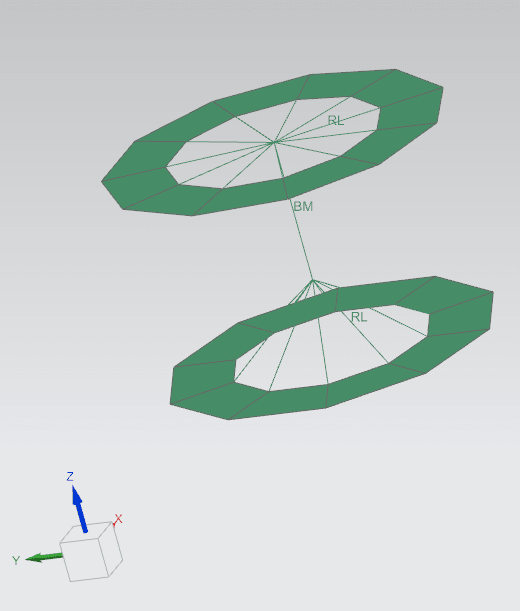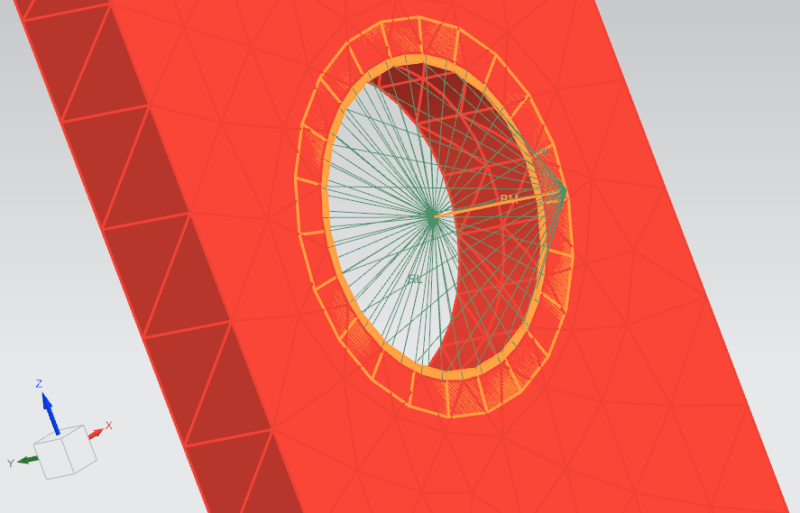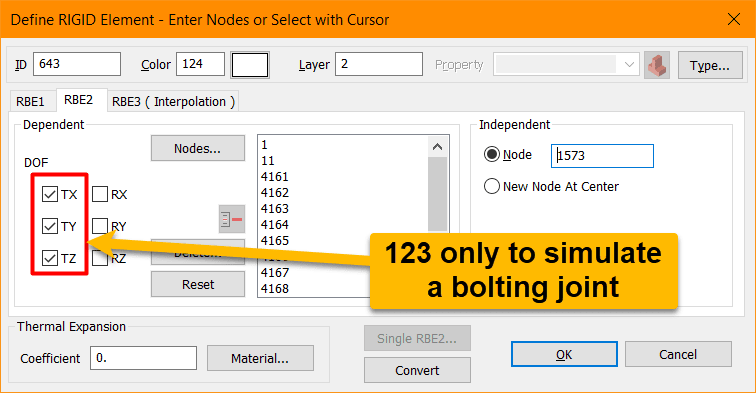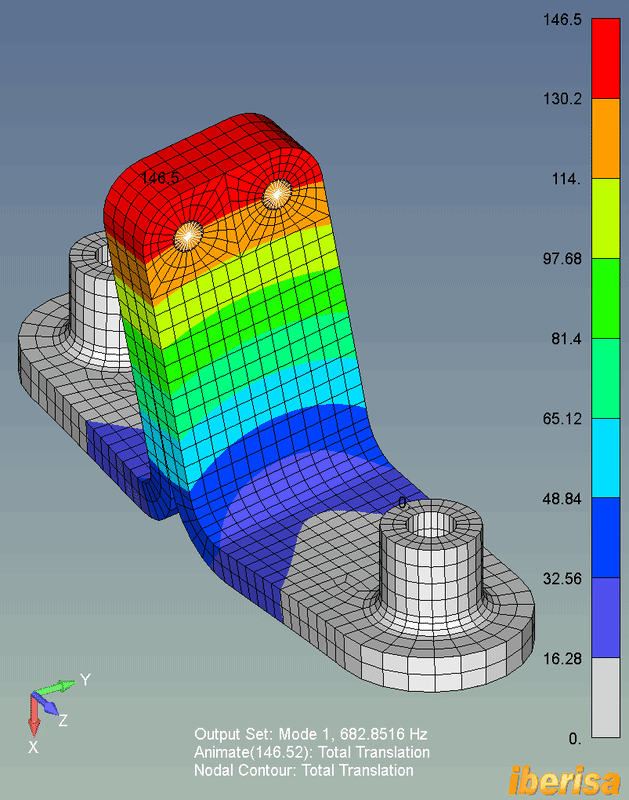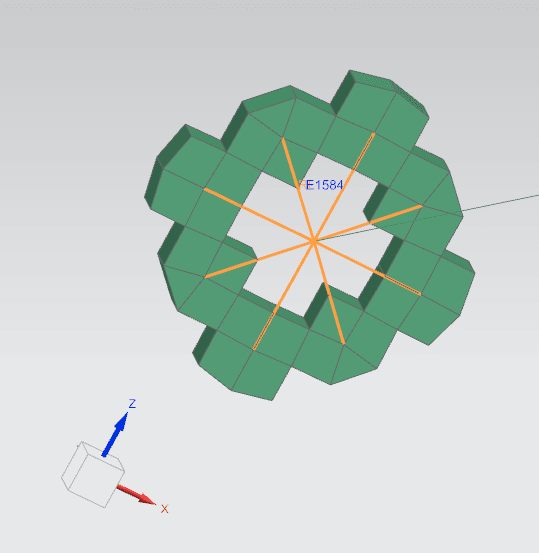Hello,
I have questions regarding FE modelling with rbe2, rbe3, and solid elements. I keep getting failures in my unit gravity and free free checks, and the points of exceedances are beams connected to rbe2 elements.
My questions are are follows:
1) What is the best way to connect 2 rbe2 spiders that are not coincident? Right now they are connected with CBEAM elements but I still seem to have errors.
2) Is it ok to connect rbe2 elements to solid elements, or do special measures have to be taken? My understanding is that solid elements only have stiffness in translational degrees of freedom, so how is the rotational forces transferred between the rbe2 and solid element?
3) What is the best way to find out why my model checks are failing? I have animated the free free checks but nothing seems to be lose. I seem to have 6 rigid modes and then flexible modes.
Thank you very much- I would appreciate assistance in this urgent matter!
I have questions regarding FE modelling with rbe2, rbe3, and solid elements. I keep getting failures in my unit gravity and free free checks, and the points of exceedances are beams connected to rbe2 elements.
My questions are are follows:
1) What is the best way to connect 2 rbe2 spiders that are not coincident? Right now they are connected with CBEAM elements but I still seem to have errors.
2) Is it ok to connect rbe2 elements to solid elements, or do special measures have to be taken? My understanding is that solid elements only have stiffness in translational degrees of freedom, so how is the rotational forces transferred between the rbe2 and solid element?
3) What is the best way to find out why my model checks are failing? I have animated the free free checks but nothing seems to be lose. I seem to have 6 rigid modes and then flexible modes.
Thank you very much- I would appreciate assistance in this urgent matter!

